PPT-Hospital admission rates through the emergency department:
Author : tatyana-admore | Published Date : 2015-09-16
Jesse M Pines MD MBA MSCE Mark Zocchi George Washington University AHRQ Annual Meeting Disclosures Funding AHRQ Robert Wood Johnson Foundation National Priorities
Presentation Embed Code
Download Presentation
Download Presentation The PPT/PDF document "Hospital admission rates through the eme..." is the property of its rightful owner. Permission is granted to download and print the materials on this website for personal, non-commercial use only, and to display it on your personal computer provided you do not modify the materials and that you retain all copyright notices contained in the materials. By downloading content from our website, you accept the terms of this agreement.
Hospital admission rates through the emergency department:: Transcript
Download Rules Of Document
"Hospital admission rates through the emergency department:"The content belongs to its owner. You may download and print it for personal use, without modification, and keep all copyright notices. By downloading, you agree to these terms.
Related Documents

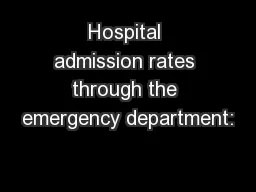



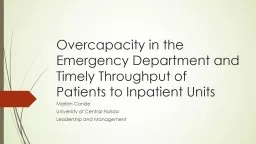
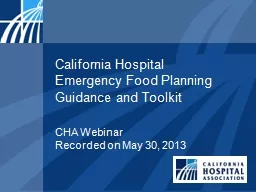

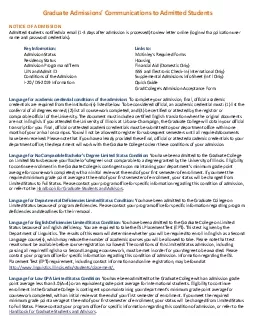
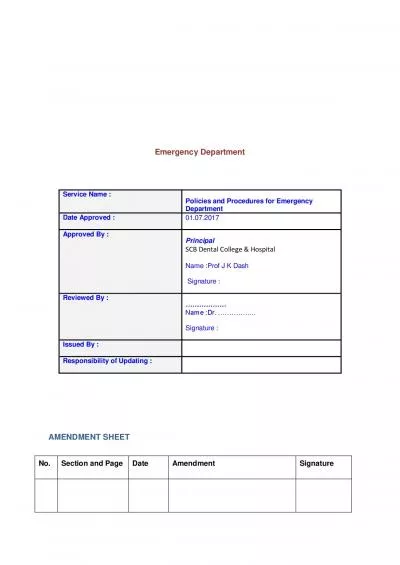
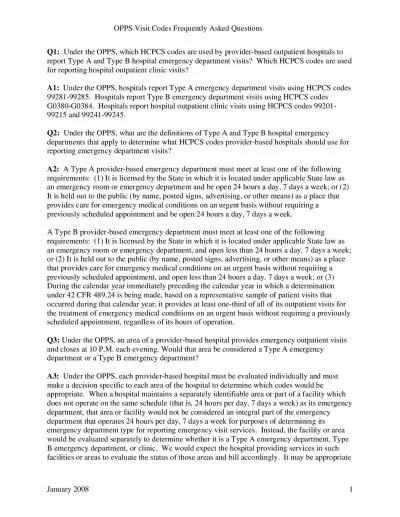

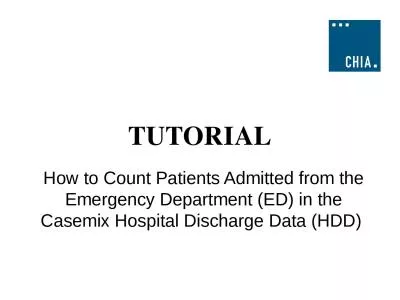
![Adding the Rural Emergency Hospital Designation at [HOSPITAL NAME]](https://thumbs.docslides.com/1065409/adding-the-rural-emergency-hospital-designation-at-hospital-name.jpg)
